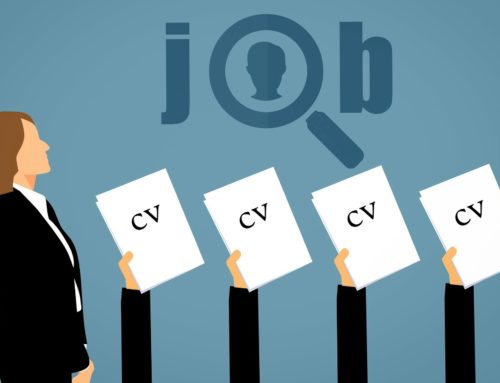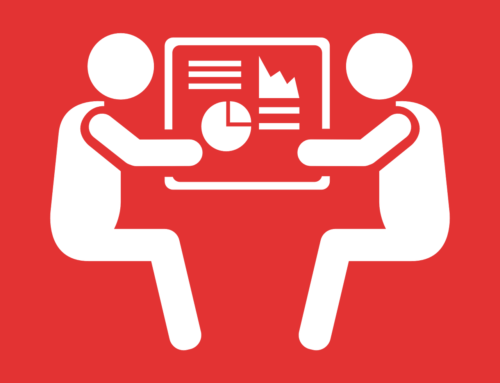What is Hiring Velocity?

Hiring velocity is often underestimated as a metric, but as someone with responsibility for filling new positions, it’s one of the most critical measurements of all.
Hiring Velocity versus Time to Hire
Before getting into the specifics of what hiring velocity entails, we’ll take the opportunity to dispel one of the easiest mistakes to make when judging its importance. Always remember that hiring velocity should never be confused with time to hire. It’s easily done, as velocity inevitably brings to mind speed. However, how quickly you go from an empty role to a filled one has no bearing on this particular metric.
Speed does play a part, of course, but it has no more of a bearing on your hiring velocity than direction and time. It’s not about getting people into positions as quickly as possible. Instead, it involves ensuring that you fill as many posts as you open in a given period.
That period can be a year, but it can often be much less. So from there, when you calculate the number of positions opened compared to the number filled, you have yourself a hiring velocity figure.
Putting Hiring Velocity into Practice
Just as with many numbers involved in recruitment, hiring velocity is all about targets and measurement. A positive velocity means you’re comfortably on top of the hiring process and heading in the right direction. Conversely, a negative one means you might be falling behind and missing out on opportunities.

As noted, the time period in question can be of any length, and the calculation remains the same.
You might choose to calculate your hiring velocity over a month. You don’t need to consider the number of available roles in your inventory for this. Instead, it simply comes down to the number of positions opened and how many were closed in the same period.
Let’s say you opened 45 positions in a month. In that same period, you filled 53 roles. Your hiring velocity sits at a comfortable +8, and you’re happy with that result, as positions are going off the books more quickly than they’re being added, leading to a comfortable workload.
Conversely, you could switch those numbers. In one month, you’ve added 53 roles and filled 45. As a result, the hiring velocity becomes -8, indicating that you now have more positions to deal with and devote time to than at the same point last month.
Setting Hiring Velocity Targets
There’s no such number as the ideal hiring velocity. It can differ between sectors and even different offices within the same business. However, without prior experience or guidelines, it makes sense to set a neutral hiring velocity over a year. Then, if you can fill as many positions as you open, you’ve reached net zero and got the job done.
How you then break that down is up to you. For example, you might work in a sector whereby it isn’t easy to encourage new hires in December. On the other hand, you might focus on seasonal work, where most jobs are filled during the summer months. That might lead to falling behind in parts of the year but compensating during others.

Of course, if your hiring patterns are relatively consistent, you can set a goal and simply divide it by 52, 12, or even into four quarters. However, as long as you regularly check in with the hiring velocity, you can gain valuable insight into how you measure up against your targets.
It’s also vital to take factors beyond seasonality into account, especially when teams are involved. Your team might all do the same job at the same level, in which case you can simply divide the target by the number of team members. In most real-world scenarios, it requires more nuance. You can’t expect the team member specializing in roles seemingly impossible to fill to reach the same numbers as someone who works on jobs that practically sell themselves.
Tweak and adjust, and ensure the final number adds up to your desired hiring velocity. From there, ensure that everyone on the team is aware of those targets and ensure that it’s not a taboo subject for discussion.
The Importance of Hiring Velocity Beyond Reporting
It’s great to plan a hiring velocity and remain on top of productivity as it’s an excellent indicator of where your recruitment efforts stand and whether there’s a need to speed things up. However, the benefits don’t end there, as stakeholders famously love this metric too.
Managers, shareholders, and directors delight in knowing that their recruiters are ahead of the curve. There’s no way to interpret opening 7,500 positions and filling 7,700 as anything but good news. You and your team have met demand, and inventory has decreased. The only downside is that they might view outperformance as the ideal opportunity for growth!
Deploying Hiring Velocity in Your Recruitment Strategy
Hiring velocity is an excellent metric to determine how individuals and teams perform in the context of the overall workload, but it shouldn’t be viewed alone. Ultimately, recruitment is a numbers game like any industry, and while hiring velocity is a significant measure of success, it’s far from the only one.
Use it alongside tried and tested KPIs and recruitment metrics, and you’ll gain valuable, regular insight into what’s going well and areas for improvement.
Your Ideal Project-Based RPO Company
JCSI helps you find the most qualified candidates at 60-80% lower cost savings per hire. Allowing you to hire the best fit for the job, not just the best available through job postings.
Contact the JCSI team today to discover how our RPO recruitment services can take the headache out of making the perfect hire!




